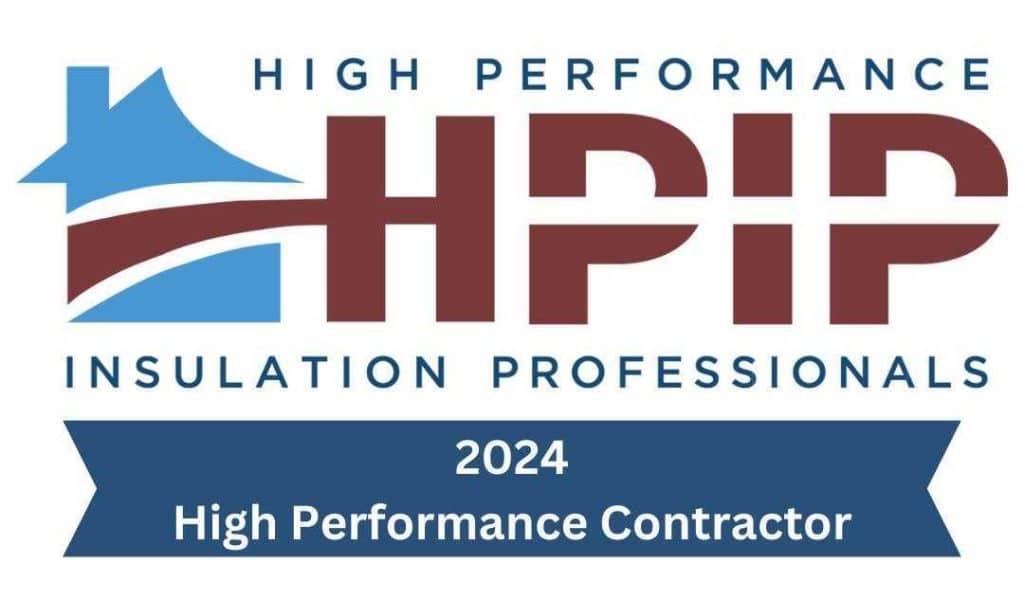If you live in Atlanta, you already know how intense the summers can be—and how chilly winter mornings sneak up faster than you’d like. Keeping your home comfortable without letting energy bills spiral out of control is no small feat. That’s where blown-in fiberglass insulation comes in.
It’s one of the most practical and affordable ways to improve your home’s comfort, especially when it’s installed the right way. Whether you’re dealing with drafty rooms, uneven temperatures, or rising utility bills, this guide will walk you through exactly how blown-in fiberglass insulation can help—and where to start if you’re considering upgrading.
Why More Atlanta Homeowners Are Choosing Blown-in Fiberglass
Blown-in fiberglass isn’t a flashy home upgrade, but it quietly does its job—and it does it well. It’s ideal for filling in odd-shaped spaces, sealing small gaps, and creating a consistent thermal barrier without tearing apart walls or ceilings.
Here’s why it’s a smart choice in Atlanta:
- Fights off summer heat: Keeps hot, humid air out and cool air in.
- Controls moisture: Doesn’t soak up moisture like other materials, so it’s less likely to lead to mold problems.
- Reduces noise: Helps quiet things down, especially if you live near a busy road or noisy neighbors.
- Better for retrofits: If your house wasn’t built with modern insulation, blown-in fiberglass can be added without major demolition.
The Best Places to Use Blown-in Fiberglass in Your Home
Attics
Attics are usually the biggest source of energy loss in older homes. Insulating your attic with blown-in fiberglass is one of the easiest ways to make a big impact fast. It fills in gaps around beams and hard-to-reach corners that other materials miss.
Walls
For homes that weren’t insulated properly during construction, blown-in fiberglass can be packed into wall cavities without tearing down drywall. It’s a game-changer for drafty rooms.
Crawl Spaces & Rim Joists
Down in the crawl space, you might be losing heat through the floor—especially in winter. Insulating these spaces helps keep floors warm and blocks moisture from creeping in.
Where It Helps Most in Atlanta
| Area of Home | Why It Matters | Local Benefit |
| Attic | Blocks rising heat | Keeps upstairs rooms cooler |
| Walls | Adds insulation to older homes | Cuts drafts and lowers A/C usage |
| Crawl Space | Stops cold floors and moisture | Reduces mold risk and improves comfort |
Getting Your Home Ready for Blown-in Insulation
Before you start blowing in insulation, make sure your home is prepped for the best results:
- Seal air leaks: Small cracks and gaps around windows, pipes, or outlets should be sealed first.
- Protect the space: Cover light fixtures, vents, and other sensitive areas.
- Safety first: Wear gloves, a mask, and goggles. Fiberglass can irritate skin and eyes.
- Work around systems: Take care not to block ductwork, wiring, or ventilation channels.
These small steps can make a big difference in how well your insulation performs over time.
How It Stacks Up Against Other Options
Let’s talk about what else is out there and how blown-in fiberglass compares.
| Feature | Blown-in Fiberglass | Cellulose | Spray Foam |
| Cost | Affordable | Slightly more | Most expensive |
| Moisture Resistance | High | Lower | Very High (closed-cell) |
| Settling Over Time | Minimal | Moderate | None |
| Best For | Attics, walls | Older homes, tight spots | Sealing air leaks fully |
Fiberglass strikes a good balance—it’s budget-friendly, reliable, and doesn’t absorb water, which makes it especially valuable in humid climates like Atlanta’s.
Mistakes That Can Cost You Later
Even great insulation can fall flat if it’s not installed right. Here are some common slip-ups to avoid:
- Uneven coverage: Missed spots create temperature inconsistencies.
- Skipping air sealing: Insulation won’t help much if air keeps leaking out.
- Overlooking ventilation: Your attic still needs to breathe. Don’t block vents.
- Going DIY without experience: It’s easy to underestimate the prep and cleanup involved.
Why Climate Makes a Difference in Atlanta
Atlanta gets hot—and it stays hot for a good part of the year. Combine that with high humidity, and your home is constantly working overtime to stay cool.
That’s why attic insulation is so important here. The sun bakes your roof all day, and if the attic isn’t insulated well, that heat moves straight into your living space.
And don’t forget winter. It may not be Atlanta-cold, but temps still drop enough to make heating costs spike if your home isn’t sealed up properly.
Professional Install vs. DIY: What’s Better?
Blowing in insulation might look simple—but if you want real results, professional installation matters. Here’s what to consider:
DIY:
- Cheaper upfront
- Requires renting equipment
- Easy to miss spots or apply unevenly
- Can stir up a mess
Hiring Makeover Insulation:
- Done right the first time
- Efficient and clean process
- Backed by a warranty
- Helps you qualify for energy rebates
We don’t just show up and dump insulation—we inspect your space, seal leaks, and make sure your ventilation and insulation work together.
Want Year-Round Comfort and Energy Savings in Atlanta?
Blown-in fiberglass insulation can make your home feel like new—without a major renovation. When you upgrade the right spaces with the right techniques, the payoff is immediate: lower energy bills, better indoor air, and a home that feels good every season.
Need help getting started?
Reach out to Makeover Insulation for a consultation and estimate.
📞 (470) 664-5300
✉️ [email protected]
🌐 makeoverinsulation.com
Frequently Asked Questions
What is blown-in fiberglass insulation?
It’s a loose-fill material made from glass fibers, used to fill attics, wall cavities, and crawl spaces for better temperature control.
Is it safe for pets and kids?
Yes. Once installed, it’s sealed off from your living space and doesn’t emit harmful fumes.
How long does it last?
Properly installed, it can last 20 to 30 years or more without losing effectiveness.
Can I put it over my old insulation?
Yes, adding it on top of old batts in the attic is a common and effective upgrade.
What if I already have some insulation?
It can still help—many homes don’t have enough to meet current energy standards.
Will it lower my energy bills?
Most Atlanta homeowners save on heating and cooling after upgrading insulation.
What makes fiberglass different from cellulose?
Fiberglass doesn’t absorb moisture and is less likely to settle over time.




